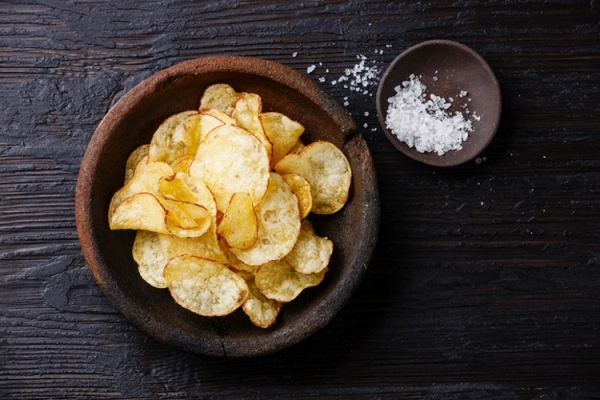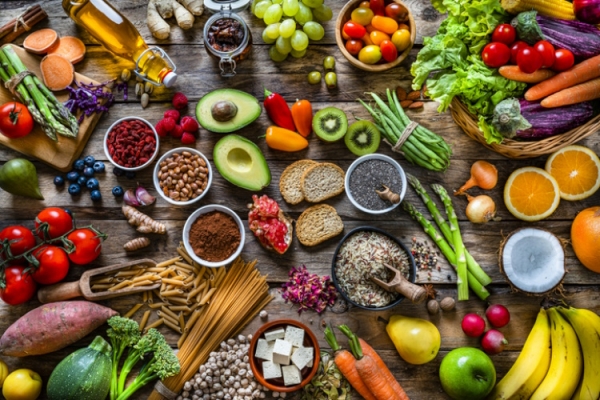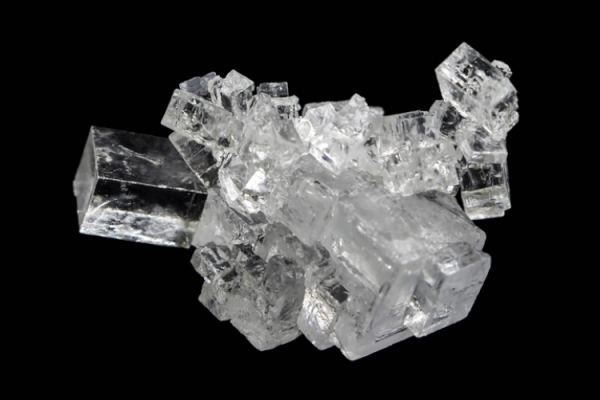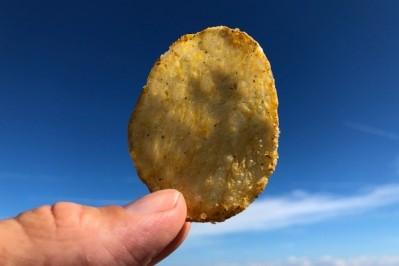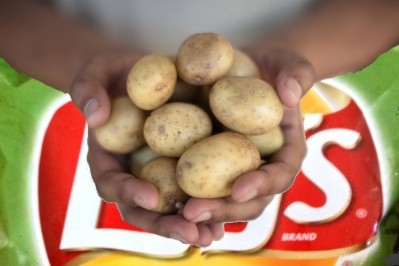The changing taste profile of Frito-Lay snacks

PepsiCo has announced two new ambitious nutrition goals that purposefully target the snack-loving public with healthier treats.
The Purchase, New York-headquartered conglomerate – which claims its products are eaten a billion times each day by consumers across the globe – has been on a journey since 2015 to ‘improve’ its portfolio. But with 2025 within its sights, the Lay’s, Doritos and Cheetos maker has renewed its health target – in fact, amping it up to align with dietary guidelines from two powerful voices.
1. Sodium reduction
The World Health Organization (WHO) recommends keeping salt intake to less than 5g per day, taking it even further to advocate less than 2g (2000mg) per day for adults. It’s well known that excess sodium intake is a leading risk factor for diet-associated disease and disability.
Aligned to this, PepsiCo has set a new sodium reduction goal that is approximately 15%-30% across its convenient food portfolio – depending on the category – lower than its current target.
For example, Lay’s Classic Potato Chips – a major seller in the US – will receive a sodium reduction of 15%, which will result in a sodium level of 140mg per 28g serving. According to the US National Health and Nutrition Examination Survey, the average American typically ingests around 3% of their daily sodium intake from savoury snacks.
PepsiCo is also aiming for 75% of its global convenient foods portfolio volume to meet or be below these category targets by 2030.
2. Diverse ingredients
PepsiCo is also putting recommendations from The Eat-Lancet Commission into play.
The Eat Lancet Planetary Healthy Diet report opines radical dietary shifts, advising the public to double the intake of goodies like fruits, veggies, legumes and nuts, while halving (at least) the less salubrious added sugars and red meats.
Aligned to this, PepsiCo aims that by 2030, it will be serving up 145 billion portions of nutritionally charged ingredients each year through its global convenient foods portfolio. It aims to ensure that each portion will provide approximately 10% of the suggested daily amount of a diverse ingredient, including legumes, whole grains, plant-based proteins, fruits and vegetables, and nuts and seeds
“We are in a constant cycle of innovation to reimagine the foods we make and how we make them so we can bring better choices to our consumers, without ever compromising on taste,” said René Lammers, executive VP and chief science officer for PepsiCo.
“Consumers enjoy our products more than one billion times a day, which provides an opportunity – and the privilege – to have an impact. We set a high bar to improve the nutritional profile of our products, and these new goals reaffirm our ambitions.”
Since 2015, PepsiCo has been on a journey to improve its portfolio through the cutting-edged efforts of more than 2,600 of its research and development experts employed at its 13 R&D centres around the world. These have included:
- Agricultural experts partnering with farmers to grow potatoes that have the ideal flavour needed to deliver the savoury taste consumers enjoy.
- Seasoning experts identifying alternative ingredients and studying salt crystal shapes and sizes to optimise flavour while using less sodium.
- Food developers creating flavour systems – using seasonings, herbs, spices and dairy – that contain less sodium overall.
“An industrywide approach is necessary to meaningfully reduce sodium intake and introduce important sources of nutrition to help diversify diets,” added Lammers.
“And it's important for us to take a leadership position to help be a catalyst for change.”
